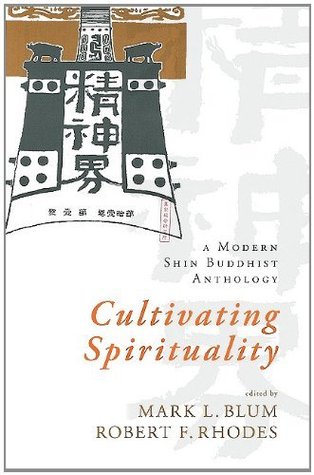Kindle Notes & Highlights
"Modern" in this sense means using intimations of violence to define which persons, what social institutions, and most importantly what religious beliefs or affiliations were required for membership in the ethnic identity that defines a nation.
Among the many forms of Buddhism in Japan, the Shin tradition has a particularly rich and complex history on this point, if only because it began with the repudiation of monasticism and has developed into a tradition of factionalism, contestation, heresy, and excommunication like no other.
Hirata Atsutane
If Motoori did have an ideological axe to grind, it was directed toward the overt stress on emotional self-control coming from the Neo-Confucianists, particularly the people promoting Zhu Xi.
Shinto studies were indeed altered by Hirata's views.
In short, Confucian thinkers in the Edo period no longer accepted the earlier paradigm wherein Buddhism formed Japan's central religious narrative while accommodating both Confucian principles and native kami cults as ethical, political, and magical supplements.
Ishida Baigan
Japan was fast becoming a society dominated by materialistic values, and the government was quickly trying to fashion a national identity based
on a kind of faux religious ideology that affirmed this new outlook as a source of national pride.
The Buddhist tradition was ultimately called to redefine its own relevance to this new Japan, and all of the essays contained here may certainly be read as contributions to that collective effort.
what distinguishes these Seishinshugi thinkers is their willingness to use European religious and philosophical concepts to deepen their personal understanding of Buddhist truth at a time when the study of Western philosophy and what came to be called "Buddhist philosophy" remained more or less distinct.
This is an attempt to deflect the xenophobic anti-Buddhist ideology of the nativists in the direction of Christianity.
the Higashi branch was much closer to the Tokugawa bakufu, and sided with them in the ensuing military conflicts of the 1860s preceeding the Restoration, while the Nishi threw its weight behind the revolutionary "reformers."
the new government came to them for financial assistance.
Shinshu University in Tokyo by Higashi Honganji, which later became Otani University in Kyoto, and Ryukoku University by Nishi Honganji, also in Kyoto.
pre-Mahayana scripture, where a rational, worldly Sakyamuni Buddha was depicted that contrasted sharply with his image in most Mahayana literature.
As the Japanese began to study India through Indian rather than Chinese sources, they increasingly gained appreciation of Buddhism as a product of Indian culture.
the two truths were reconceived as social or political truth, and private or religious truth. The religious truth, called shintai was acommodated in individual experience as shinjin f9lb, the
Shin ideal of faith and realization. By contrast, the political or "worldly" truth, called zokutai was now defined as moral and ethical norms based on loyalty to the emperor.
One of the longest lasting impacts of the Seishinshugi experiment was the attention it brought to the Tannisho RA-191
period, reflecting a new awareness of Buddhism not only as an integral part of Japan's common heritage but as something that can be objectified for purposes of analysis in the public sphere.
The novelist Natsume Soseki (1867-1916) had been Fujimura's English teacher at the school and years later wrote that Fujimura's suicide had been one of the causes of his own depression.
anjin #ciL\-deep faith and doubt-resolving awareness of the power of Amida Buddha.
like the Agongyo, Epictetus's Discourses represents a powerful affirmation of the values of cultivating discipline and personal responsibility.
Kiyozawa's turn to the Tannisho as the representative work
for knowing Shinran's doctrine signaled in some sense a rejection of Shin thought as defined by the Honganji seminaries,
paramartha-satya (Jpn. shintai Safi),
samvrti-satya (Jpn. zokutai
6. The term One Mind (isshin -/Lv) can mean different things in different contexts in East Asian Buddhism, but generally it either refers to a transcendent or cosmic reality, as found in the Zen tradition based on the Awakening of Faith in the Mahayana, or focused, single-minded practice.


